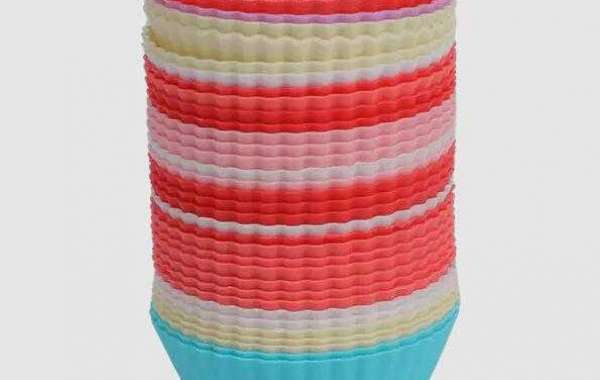Silicone Tray Mold— negative impressions of parts that can be filled with material — are an integral part of manufacturing. But while metal injection molds are expensive and can only be made by professionals, flexible silicone molds are highly affordable and can be made at home or in the office. And they have myriad uses, from professional-quality vacuum casting of prototypes to low-volume wax casting for jewelry making, to at-home applications like baking and confectionery making.
What is a silicone mold?
Mold is a kind of container with a hollow cavity. In most cases, a liquid material can be poured or forced into the container and then hardened (by cooling or another method), making a solid object in the shape of the mold cavity.
Molds can be made of different materials like tool steel or aluminum. They can also be made from silicones, a group of polymers made up of siloxane that is sometimes used to make products like flexible protective casings, gaskets and contact lenses.
Silicone molds are not as durable as metal ones, but they are affordable, easy to make and highly flexible. This flexibility, coupled with the fact that few materials adhere to silicone, makes it easy to remove molded parts from within the silicone mold.
How to make a silicone mold
Making a silicone mold is surprisingly simple and requires only a handful of components. And while professional equipment gives you more options, there are also plenty of at-home uses for silicone molds.
The components needed to make a silicone mold are:
Liquid silicone: Silicone for mold making is widely available and usually comes in two parts that must be mixed together immediately before use.
A container: The liquid silicone is poured into a container, which should be larger (but not much larger) than the master pattern. In many cases, a new and suitably sized box can be made on demand using e.g. wood or cardboard.
A master pattern: The master pattern is the original object that you will duplicate using the silicone mold. A master pattern can be an existing object like a plastic toy, or a newly made item fabricated using e.g. a 3D printer.
Mold release: Mold release is a spray-on liquid used to prevent the mold from sticking to the watertight container and also to prevent casting materials from sticking to the inside of the mold. (It should not be used for applications like making food products.)
Casting material: The material poured into a silicone mold can be anything from polyurethane to melted chocolate.
Clay (optional): Clay is only required when making a two-part mold.
Advantages of silicone molds
Silicone molds are highly effective for many reasons. They are:
Durable: Silicone molds can be used several times before they degrade, especially if they are thick and used in non-demanding applications.
Flexible: Because silicone molds are rubber-like, it is easy to remove cast parts without damaging the part or the mold itself.
Heat-safe: Silicone molds can be used in hot or cold temperatures without degrading or warping, making them suitable for applications like cooking.
Sifei is a Silicone Rubber Products Manufacturers with years of experience in silicone mold making.






